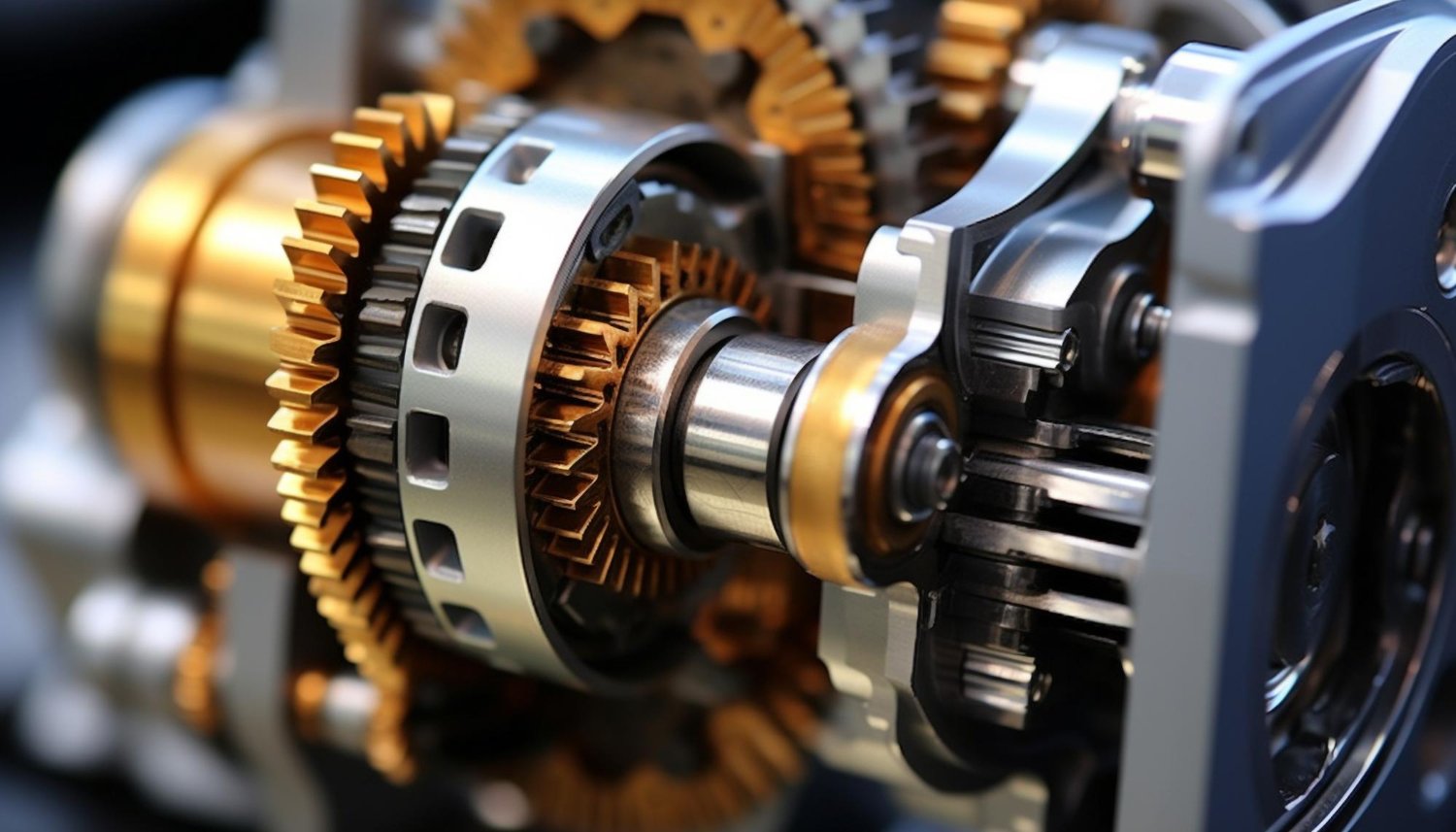
“Flexible couplings stand as the unheralded champions of gear technology”, quietly ensuring the smooth and efficient operation of machinery across a myriad of industries. They serve as vital connectors between rotating shafts, allowing for the transmission of power while compensating for misalignments and dampening vibrations.
In this comprehensive exploration, we delve into the indispensable role of flexible couplings in gear technology, examining their types, applications, and selection criteria to optimize performance, reliability, and longevity in machinery.
At the heart of gear systems, flexible couplings play a pivotal role in facilitating efficient power transmission. Whether in industrial machinery, automotive applications, or aerospace systems, these couplings enable the seamless transfer of torque from one shaft to another, ensuring that gears function as intended.
Without flexible couplings, the rigidity of shaft connections would lead to increased wear and tear, decreased efficiency, and potential damage to components. One of the primary functions of flexible couplings is to mitigate misalignments between shafts. In any mechanical system, it’s nearly impossible to achieve perfect alignment between rotating components due to factors such as manufacturing tolerances, thermal expansion, or machinery settling.
Flexible couplings excel in accommodating these misalignments, thereby reducing stress on gears, bearings, and other critical components. By providing flexibility in the coupling connection, they minimize wear and prolong the operational life of machinery.
Additionally, flexible couplings play a crucial role in dampening vibrations generated during operation. Gears, especially in high-speed applications, can produce significant vibrations that, if left unchecked, can lead to noise, increased wear, and even structural damage.
Flexible couplings absorb these vibrations, acting as shock absorbers and ensuring a smoother, quieter operation. This not only enhances the comfort of machinery operators but also contributes to the overall reliability and longevity of the equipment.
Understanding the various types of flexible couplings is essential for engineers and designers seeking to optimize gear systems for specific applications. Gear couplings, known for their high torque capacity and rugged construction, are often employed in heavy-duty applications such as steel mills and mining equipment. Elastomeric couplings, featuring rubber or polyurethane elements, are lightweight and cost-effective solutions suitable for pumps, compressors, and HVAC systems.
Grid couplings utilize a grid of metal strips to provide high torque transmission and excellent torsional flexibility, making them ideal for applications such as conveyors and crushers. Oldham couplings, with their unique three-disk design, are suitable for moderate misalignments and find applications in various industrial machinery.
Disc couplings, consisting of thin metal discs bolted together, offer precise torque transmission and minimal backlash, making them ideal for high-speed and high-precision applications like robotics and CNC machines. The choice of flexible coupling depends on several factors, including torque capacity, misalignment tolerance, environmental conditions, and maintenance requirements.
Engineers must carefully assess the specific needs of their application to select the most appropriate coupling for optimal performance and longevity. For instance, in environments with high temperatures or corrosive substances, couplings with suitable materials and protective coatings must be chosen to ensure durability and reliability.
Furthermore, regular maintenance and inspection of flexible couplings are crucial to prevent unexpected failures and downtime. Lubrication, alignment checks, and periodic replacement of worn components are essential maintenance tasks that help prolong the life of both the coupling and the entire gear system. By adhering to proper maintenance procedures, engineers can maximize the reliability and longevity of machinery, minimizing costly repairs and downtime.
Flexible couplings are indispensable components in gear technology, enabling efficient power transmission, mitigating misalignments and vibrations, and enhancing the longevity of machinery.
By understanding the types, applications, and selection criteria for flexible couplings, engineers and designers can optimize gear systems for performance, reliability, and longevity. With careful consideration and maintenance, flexible couplings ensure the smooth and efficient operation of machinery across diverse industries, contributing to productivity and profitability.